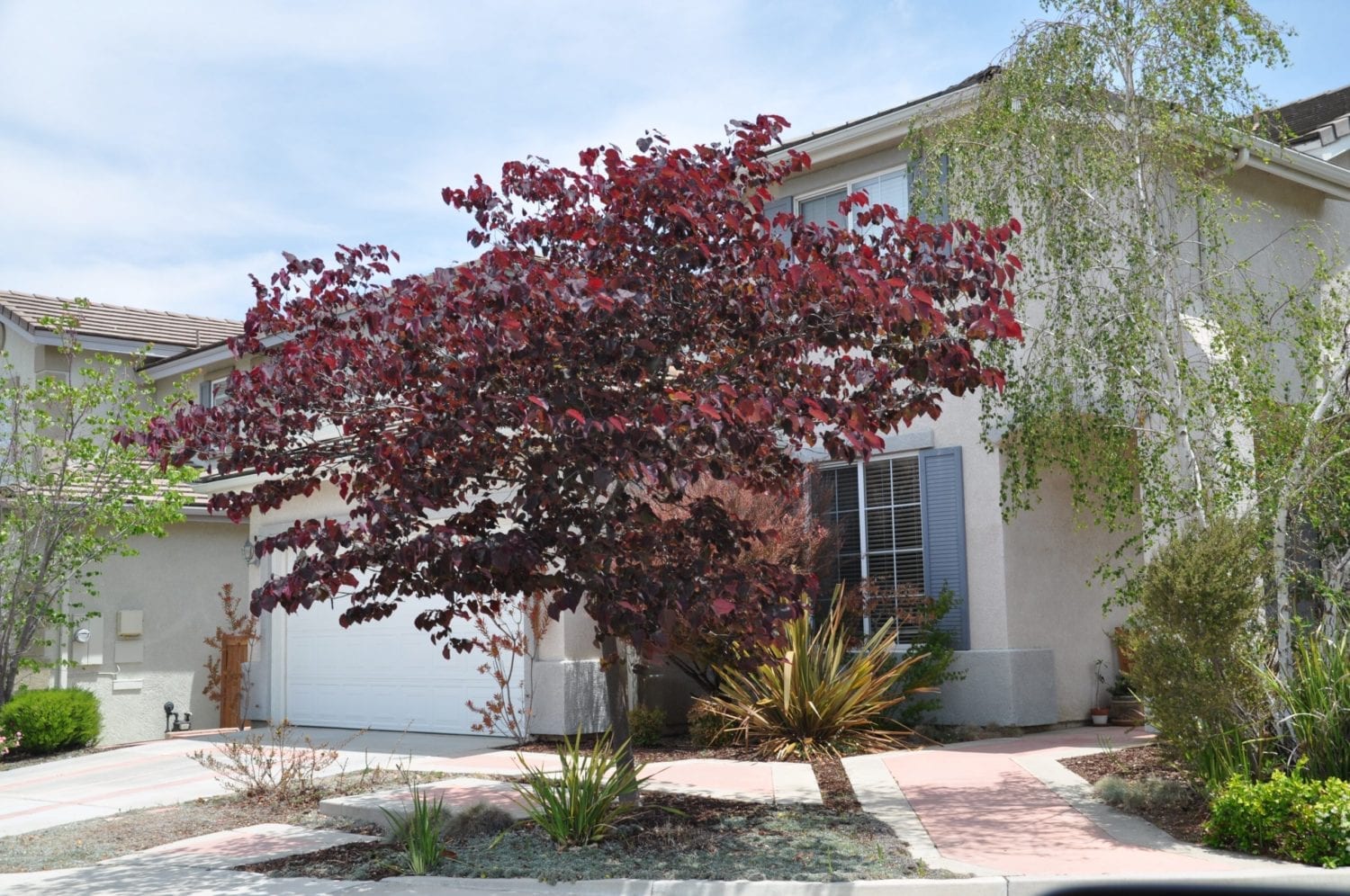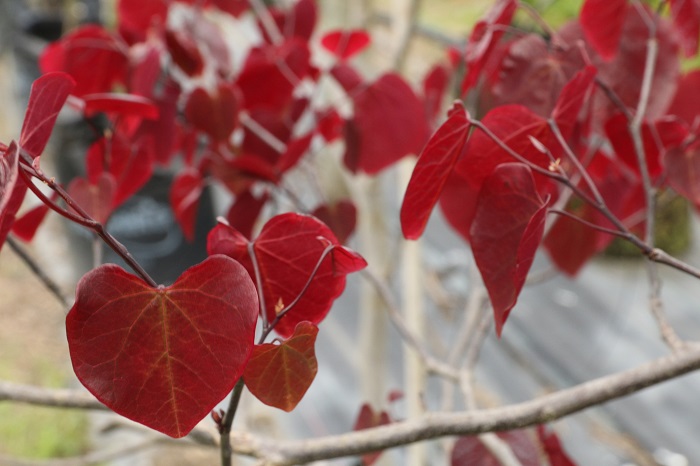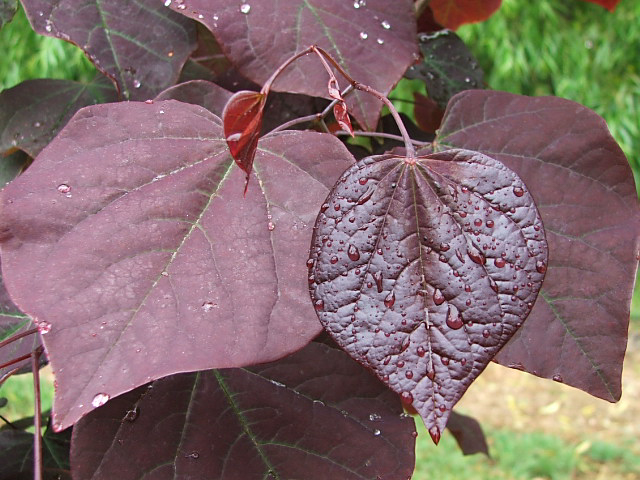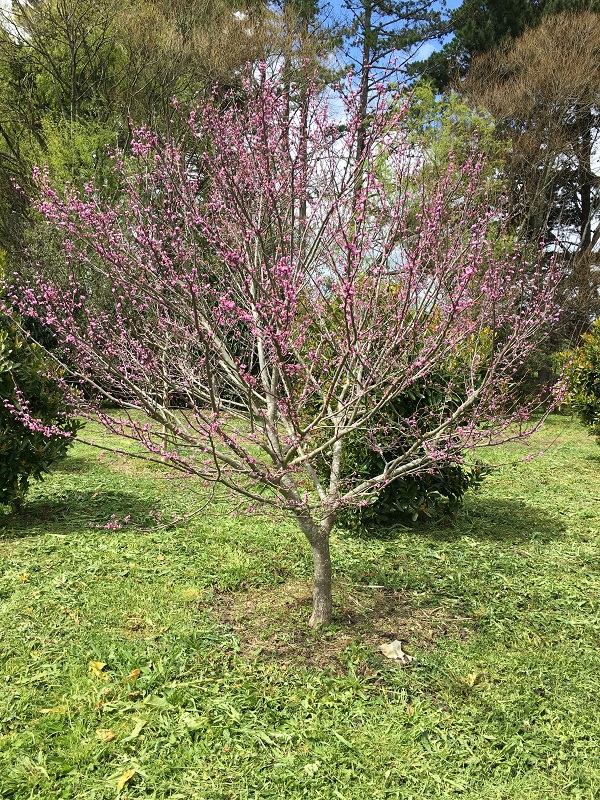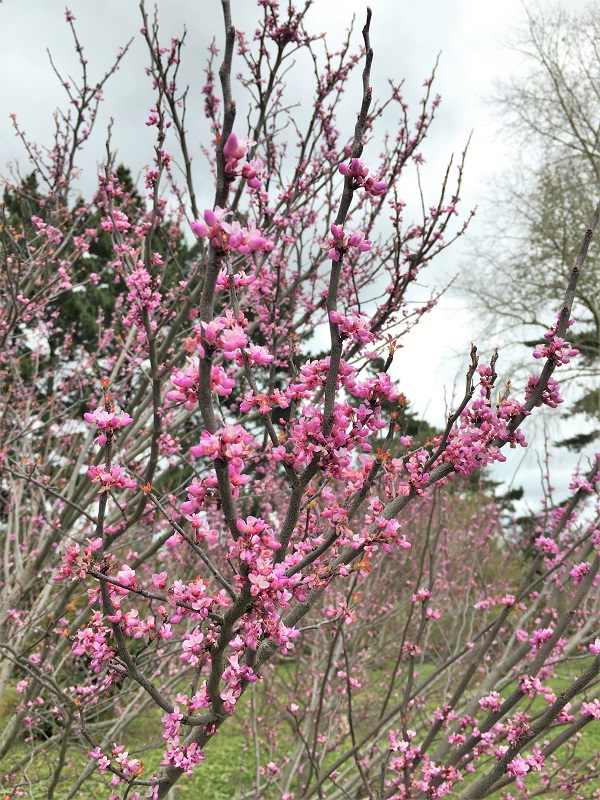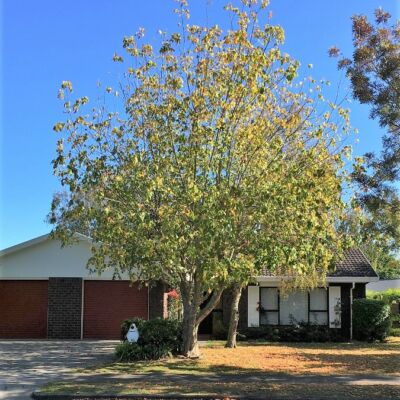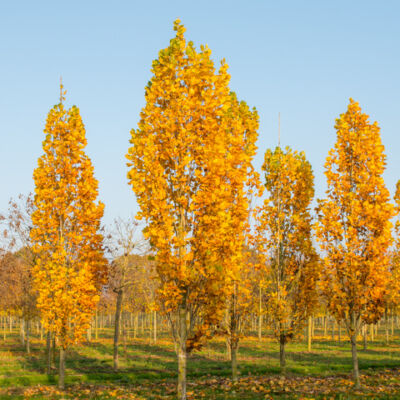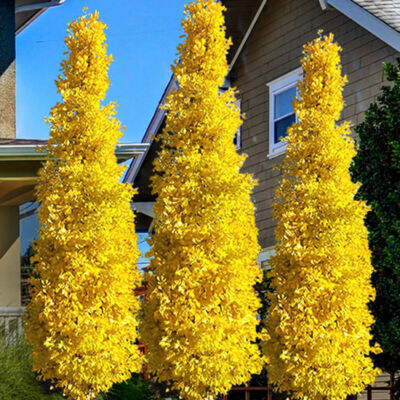|
A small open habit tree with a broad round head. Heart shaped leaves are purple red and appear after the magenta flowers bloom on bare branches in early spring. Excellent small specimen tree suited to smaller gardens. Tolerates Clay soil but avoid wet or poorly drained soils. Deciduous. |
| Height x Width | 4 x 3 |
| Height Range | Small 1-5m |
| Growth Rate | Moderate |
| Plant Type | Tree |
| Shape / Habit | Spreading |
| Country of Origin | North America |
| Similar to Consider | Prunus Thundercloud, Fagus Riversii, Fagus Sylv Purp, Acer Tamuke Yama, Fraxinus Raywoodii, Acer Bloodgood. |
|
|
| Leaf Colour | Purple Red |
| Deciduous Leaf Colour | Purple Red |
|
|
| Flower Colour | Magenta |
| Fragrant? | No |
|
|
| Specimen | Yes |
| Accent | Yes |
| Note: Growth, height and information are given in good faith but are subject to natural variables beyond our control. | |

